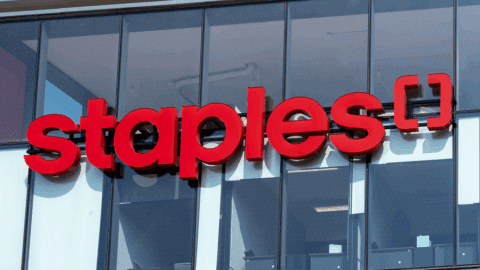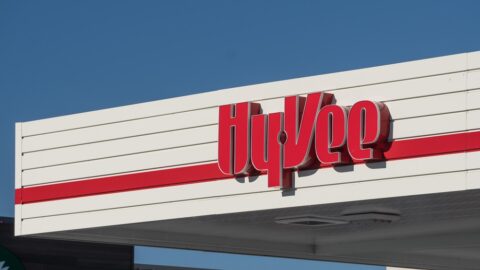As a result of a warehouse management system upgrade from Manhattan Associates (MA), Parlux Fragrances reported a 25% increase in the number of boxes put through the system domestically, and a 45% increase in the number of boxes processed for international orders, noted Jane Hershey, Vice President of Information Technology, Parlux. “We also have had a 30% decrease in our chargebacks which we attribute to continuing to work with MA to get our labels processed correctly, Hershey noted.
Additionally, Hershey noted: “Our EDI transactions come out of the system better. We have reduced labor costs by $60,000 because we don’t do physical inventory anymore. We used to have to shut down three whole days to do physical inventory. That was fairly expensive for us.”
The reason Parlux chose to complete a warehouse management upgrade is because the company’s existing warehouse and transportation system couldn’t keep pace with changing customer demands. “Compliance with our top retailers had become a huge issue for us,” said Hershey. “Labeling, transportation, palette processes and other needs were not being met.” Other compliance demands required Parlux to consolidate and pack multiple units into different cartons. For example, Macy’s wanted more products in each carton to reduce its transportation expenses.
Minimal System Customizations
Currently, Hershey and her team are working with MA to fulfill a need for international documents through the warehouse management system. “Currently we cannot produce final international documents until after the load is closed,” she noted. That becomes problematic if there is an error in the document.” Parlux is working with Minisoft on a temporary fix, and Hershey noted that MA also is looking to partner with Minisoft. “It is an incredible opportunity for them (MA) to enhance their software to add some global information for customers shipping internationally.”
Parlux also had requested some other modifications, including some palette approvals that MA addressed in early versions of the product. So now that those changes are included in the base MA products, Parlux no longer needs to incorporate them into future versions of the software. “We are a small shop so for us to do modifications to the software means additional upgrade costs every year – maintaining, retesting, working through bugs…,” so removing any modification saves the company money in the future.
Parlux currently operates a three- to four-person IT department with a $1.2 million budget per year. “We run on a very thin margin – less than 1% expense budget vs. gross sales,” Hershey noted.
Creative Internal Education
The implementation of the MA software was a big change for Parlux and its employees. To mitigate much of the concern among the warehouse employees, Hershey instituted a mini-warehouse game to help those employees learn the system in a fun, pressure-free and non-threatening manner. “I was concerned that the larger system had so much robust functionality and options that it would really overwhelm them,” noted Hershey.
The game proved to be a primary contributor to the overall success of the implementation, according to Hershey. “The game took a lot of pressure off the employees when we went live.”
Lessons Learned
Hershey shared some thoughts on how other companies can approach this type of solution implementation: “You can’t test enough,” she said. “We wish we had margin testing, especially on large volumes. We expected to start small and the day we did the implementation we had the largest Macy’s orders we had ever gotten; we shipped out close to 130 palettes in less than 3 days, starting from day 1.” Although the process went smoothly, Hershey said they were lucky. “Instead of testing normal volumes, should have tested really large orders to make sure we were ready for that.”
“The one thing we did do right was to try to get our people involved and listen to them,” Hershey added. “The IT department thinks it’s their software because they are installing it. But, in actuality, the installation piece in the long run has less to do with IT, and more to do with the people in warehouse on the line – they have to deal with it day-in, day out, every day. We got their buy-in — took care of a few reports they were uncomfortable with, and a few screens, then they felt they had input and were part of the process. They got really comfortable with it before we went live. That speaks volumes about why our implementation went so well.”












